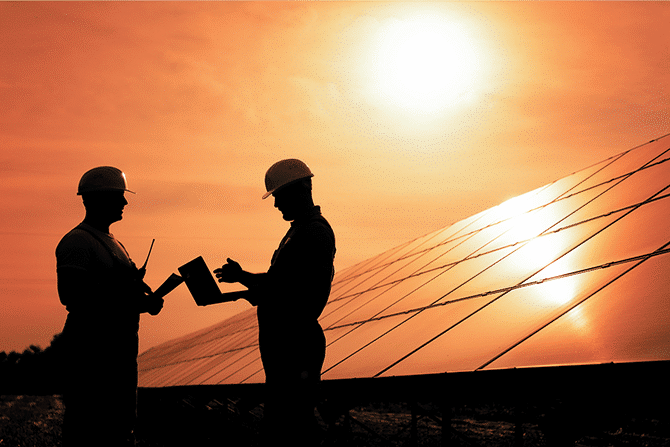How Open Data Can Lead to Smarter Water Management
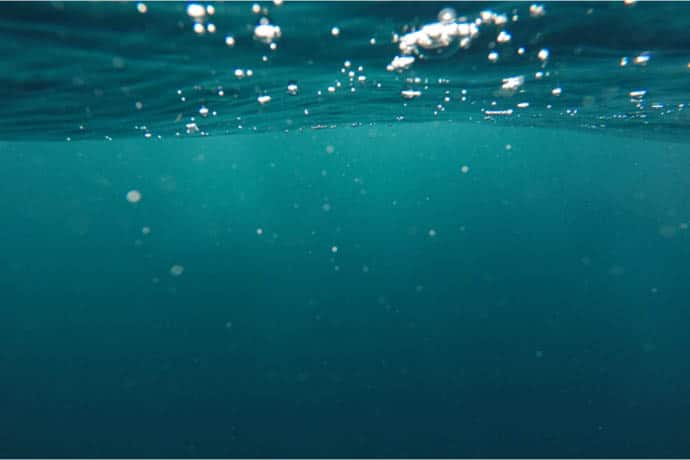
Many communities are grappling not just with an aging water infrastructure, but with a lack of basic water and sanitation services altogether. Read this blog post and see how open data can provide a valuable solution.
Reporter Bill Lucia posed a tough question in the April issue of Route Fifty: “How Does a Town of 312 People Afford a $3.6 Million Water System Upgrade?” For the small town of Hysham, Montana, the answer was fortunately found in U.S. Department of Agriculture loans and grants. Other communities will not be able to tap into the same sources if the proposed White House budget is adopted, but even if funding for the program survives the budget axe, formidable challenges to managing, protecting and conserving water resources will remain.
Water Challenges, Big and Small
According to the American Society of Civil Engineers, the US will need to invest a minimum of $123 billion per year over the next 10 years to achieve a good state of repair for its water infrastructure, which includes some systems that are more than 100 years old.
Globally, the challenge is even more daunting. Many communities are grappling not just with an aging water infrastructure, but with a lack of basic water and sanitation services altogether, including 827.6 million people living in slums worldwide.

World Bank-supported National Water and Sanitation Program brings better water and sanitation services to rural parts of Azerbaijan. World Bank, CC BY-NC-ND 2.0
In addition to infrastructure challenges, fresh water itself is becoming increasingly scarce. According to the UN, around 700 million people in 43 countries are affected by water scarcity today, and by 2025, two-thirds of the world’s population could be living under water-stressed conditions.
Water scarcity, aging or inadequate infrastructure, population growth, pollution, more intense and more frequent storms, droughts, and floods – all these pressures are converging to lend urgency to the need to increase global investment in water infrastructures and to develop smart water conservation and management solutions. Fortunately, there are innovative strategies that can help communities conserve water and upgrade their existing infrastructures in a pragmatic way, or alternately deploy new infrastructures where there are none now – and get conservation and smart management right from the start.
The Internet of Things for Smart Water Management
From new desalination and wastewater treatment techniques to air-to-water distillation systems, science and technology are driving many of today’s innovative new approaches to securing and preserving freshwater resources. One technical innovation in particular, the burgeoning Internet of Things (IoT), has already begun to play an important role in smarter water management.
In IoT-enabled smart water systems, a wide array of sensors are deployed throughout the water infrastructure, and connected via wireless networks. These sensors can measure volume, flow, temperature, pressure, vibrations, humidity levels, and more. Sensors likewise are embedded in networked “smart meters” deployed at homes and businesses.
These multi-purpose meter and infrastructure sensors in effect give water networks a nervous system. They can send vital information back to central systems for real-time monitoring, analysis and control of water systems. Or, if sensor devices are equipped with advanced computer chips and control systems, they can collect and act on information autonomously, for instance automatically shutting off water flow and sending an alert if a leak or burst is detected.
The Advantages of Smart Water Networks
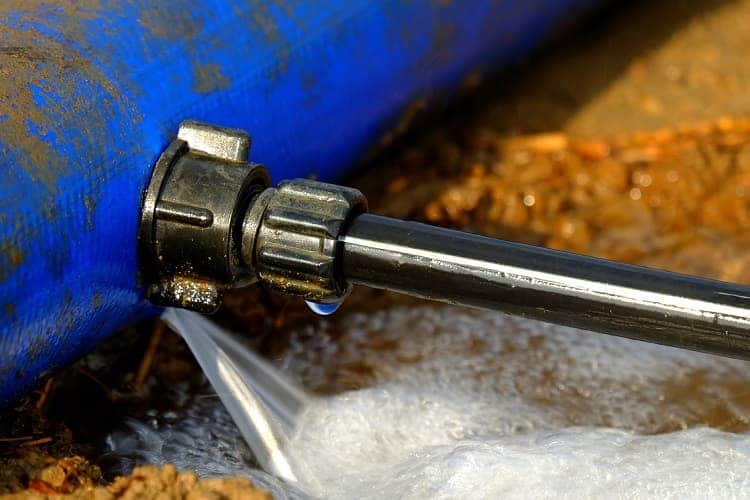
Remote, real-time detection of leaks and bursts is one of the prime benefits of smart water networks. The rapid response it enables reduces water loss and repair costs, and reduces the amount of energy and money wasted purifying lost water. And the losses are substantial. In the U.S., the Environmental Protection Agency (EPA) estimates 2.1 trillion gallons of clean, treated water are lost annually to water infrastructure leaks, costing water providers $2.6B. In total, the loss of water in the U.S. due to aging infrastructure and antiquated metering systems is estimated to be 10-30% a year. Worldwide, the UN finds that one-third of reporting countries lose more than 40% of the clean water pumped into their distribution systems, with India having the highest non-revenue water (NRW) loss at 60%. In addition to cutting NRW losses, other smart water technology advantage include:
- Reducing labor costs associated with manual meter reading.
- Conserving water and reducing costs by analyzing usage and dynamically adapting supply to demand, or providing sufficient awareness and pricing mechanisms to entice consumers to do so on their own.
- Continuously monitoring water quality and responding early to what can become highly damaging and costly problems.
These are all important benefits, but stemming NRW losses through leak detection and accurate metering is the benefit with the largest and most immediate bottom line impact. While all conserve funds that can be redirected towards pressing infrastructure needs, leak detection and smart metering in particular offer deep cost savings plus a unique way to phase in upgrades.
As Lauren Brown, Director of Client Services at metering solutions company MeterSYS observes, “receiving leak alerts and other issues in real-time from your smart metering network is a far more effective way to manage infrastructure needs than the traditional break-fix approach. In addition, once a fixed-base metering system is in place, utilities will get a clearer picture of performance and demand patterns that will help them shift from a reactive to proactive mode in planning maintenance and upgrades.”
Doing More with Less, for Longer
For example, the San Antonio Water System (SAWS) ran a year-long pilot in which SmartCover Systems deployed a sensor network across select storm and wastewater collection sites. Normally, SAWS cleaned all sites according to a regular, fixed schedule to try to avoid sewer overflows.
With the sensor system, they were able to clean the sites only when signals indicated a blockage or constriction. As a result, SAWS was able to reduce the frequency of cleanings (which causes system wear and tear) by 94%, with a cost reduction of 85%, which equates to a system-wide cleaning-cost reduction from $1,224,000 to $186,600.Solutions like these can be invaluable in helping towns and cities extend the service life of installed water system components. As Lauren notes, many communities may need a complete overhaul of their entire water systems, but few have the resources to do so. She finds, however, that small and mid-sized towns and cities – the ones who could face the greatest infrastructure financing challenges – sometimes lack the financial and technical resources to deploy and manage smart water systems.
To help public utilities overcome the daunting task of evaluating and implementing smart metering, MeterSYS has developed their suite of services to meet the needs of each utility in a scalable and customizable way. Lauren explains,
“We serve public utilities exclusively, and are able to serve as a trusted advisor and augment internal staff resources. We help utilities through every phase of smart metering, including evaluation and feasibility analysis, RFP creation and vendor negotiations, installation project management, all the way through post-installation support. The MeterSYS approach helps all towns, especially small-and mid-sized ones that don’t have extensive internal resources or capital, adopt technology that will automate manual procedures, reduce water loss, and improve customer service.”
Importantly, once a municipality has smart metering, MeterSYS can facilitate the display of key utility information on an open data platform (Opendatasoft). This enables utilities to make some of their performance dashboards and aggregate, non-personally identifying data available, not just to utility operators, but to the public and civic technology developers as real-time open data. Some key data features that utilities could display include testing and quality compliance, consumption trends, and the achievement of conservation targets – metrics that inform customers and the public of the sustainability of their utility and also promote transparency in the management of a valuable natural resource. Many of Opendatasoft’s public and private utility customers have chosen to do this, and hopefully many MeterSYS customers will too: open data is as key to developing sustainable water systems as smart technology and scientific innovation.
Open Data & Smart Water Systems
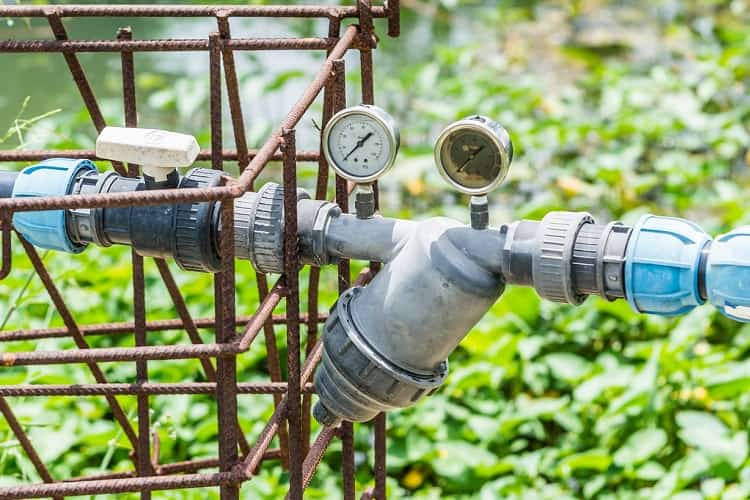
In all regions, open data plays a critical role in meeting 21st century water challenges. As Janet Hering points out in the article “A Virtual Flood of Information: open data for Sustainable Water Management“, many different organizations today collect data on water – precipitation, river flows, lake and groundwater levels, water quality, etc. Aggregating this diverse open data can provide a big picture view of competing and interdependent water needs: drinking water and sanitation, agriculture, industry, fisheries, recreation, hydropower, and more. In developing regions, satellite data is providing increasingly fine readings on water level, water quality and other data. As Hering notes, “satellite-based data also offer a ‘leapfrog’ technology for developing countries that lack an established ground-based monitoring network”. In some innovative projects, this aerial ‘leapfrogging’ technology is being matched on the ground with mobile telephones. Consider the WaterWatchers program developed by IBM, its smart cities partner, Element Blue, and the City of Tshwane, South Africa. It is an open data, crowdsourcing project that enables citizens to help capture, share and analyze information about the water distribution system in South Africa.
When such on-the-ground data is combined with open data from satellites and ground sensors as they become available, citizens, scientists, businesses, NGOs and government agencies can all come together to first understand existing systems and the challenges they face, and then develop smart solutions for meeting those needs. In low-water areas, this includes integrating emerging technologies like air-to-water systems that can deliver fresh drinking water even to even those who are not connected to water infrastructures.
Open water data can also provide essential government transparency, and empowers citizen to hold government officials accountable. For instance, Investigative Post’s Dan Telvock used open data to expose higher than reported levels of lead in Buffalo’s drinking water. Examining data points for testing showed that minority neighborhoods, where lead problems were concentrated, were underrepresented in sampling. And cross-referencing open records from the Erie County Health Department with open water testing data showed that the city rarely tested drinking water for lead in homes where a child had been diagnosed with a high blood-lead level.
Another (Ancient) World, And a Path Forward
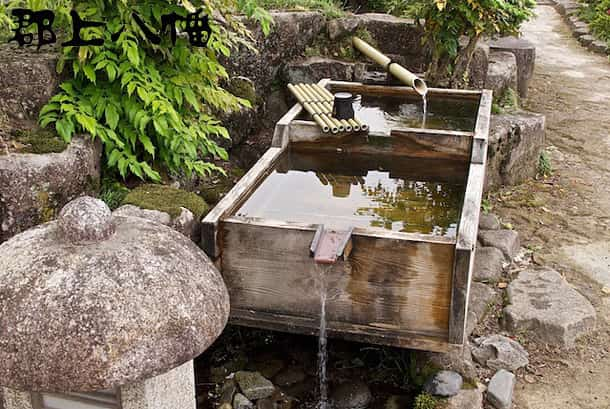
Mizu fune. © 2017 Gujo Hachiman Tourism Association.
While many communities grapple with issues of water quality and scarcity, the town of Gujo Hachiman, Japan provides an enviable counterpoint. The town’s abundant water flows from pristine rivers and deep springs, and on through the town via small street-side water canals that provide both fire protection and water for daily household use.
Water is also distributed through a system of tiered wooden or stone basins (“mizu fune”), where water flows down from the top basin into lower ones. As the Gujo Hachiman tourism site explains, “Water from the spigot above the top basin is for drinking, and cups or glasses are often provided for that purpose. The lower basins are reserved for cooling or washing fresh vegetables, or in some cases even rinsing laundry [washed with ecological products].”
The quality of the town’s pure mineral water, and its commitment to maintaining the same traditional systems and ecological practices across the centuries, have made Gujo Hachiman famous throughout Japan.
While one hopes climate change – possibly the only force that could disturb Gujo Hachiman idyllic water system – will leave the town’s lovely system unscathed, there is much hope that every community worldwide can meet their unique water challenges through determination, creativity, collaboration, and a helping hand from technology, science and open data.
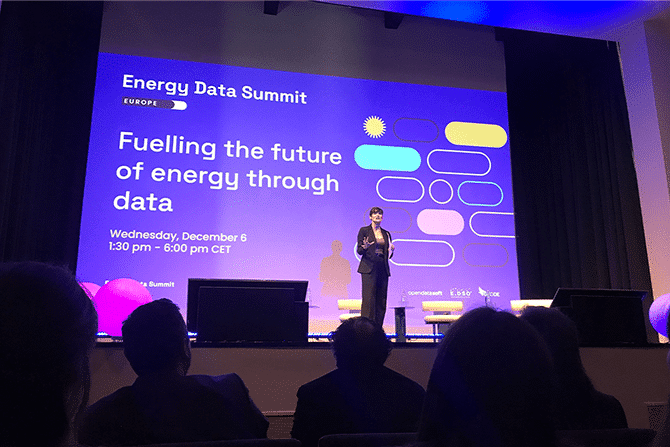
How is the European energy sector harnessing data to achieve its objectives? Based on our new State of European Energy Data Maturity Study, we explain where the sector is now, and how it needs to transform to become fully data-centric moving forward.

Industry regulator Ofwat is introducing new requirements around data sharing for the UK water sector. We explore the benefits of opening data across the sector and highlight best practice examples of other utilities that water companies can learn from.

